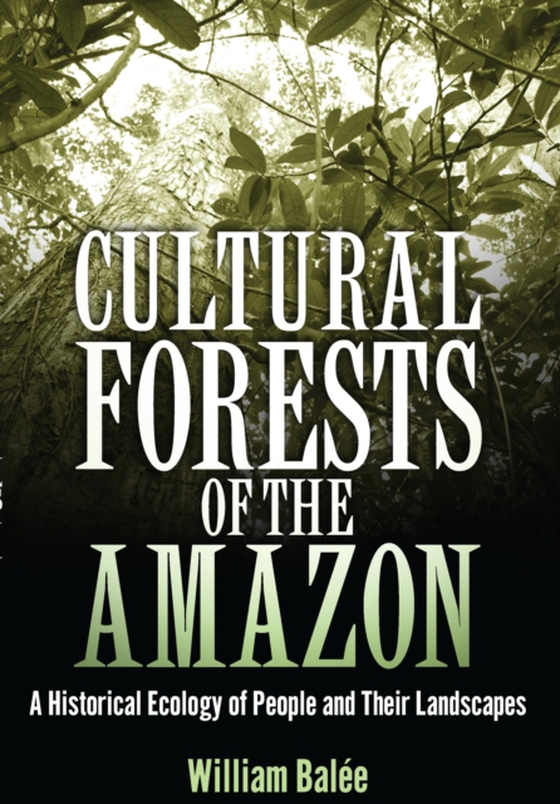
Cultural Forests of the Amazon e-bog
403,64 DKK
(inkl. moms 504,55 DKK)
Winner of the Society for Economic Botany's Mary W. Klinger Book Award.Cultural Forests of the Amazon is a comprehensive and diverse account of how indigenous people transformed landscapes and managed resources in the most extensive region of tropical forests in the world. Until recently, most scholars and scientists, as well as the general public, thought indigenous people had a mini...
E-bog
403,64 DKK
Forlag
University Alabama Press
Udgivet
25 august 2013
Længde
336 sider
Genrer
1KLSBZ
Sprog
English
Format
epub
Beskyttelse
LCP
ISBN
9780817386559
Winner of the Society for Economic Botany's Mary W. Klinger Book Award.Cultural Forests of the Amazon is a comprehensive and diverse account of how indigenous people transformed landscapes and managed resources in the most extensive region of tropical forests in the world. Until recently, most scholars and scientists, as well as the general public, thought indigenous people had a minimal impact on Amazon forests, once considered to be total wildernesses. William Bale's research, conducted over a span of three decades, shows a more complicated truth. In Cultural Forests of the Amazon, he argues that indigenous people, past and present, have time and time again profoundly transformed nature into culture. Moreover, they have done so using their traditional knowledge and technology developed over thousands of years. Bale demonstrates the inestimable value of indigenous knowledge in providing guideposts for a potentially less destructive future for environments and biota in the Amazon. He shows that we can no longer think about species and landscape diversity in any tropical forest without taking into account the intricacies of human history and the impact of all forms of knowledge and technology. Bale describes the development of his historical ecology approach in Amazonia, along with important material on little-known forest dwellers and their habitats, current thinking in Amazonian historical ecology, and a narrative of his own dialogue with the Amazon and its people.
 Dansk
Dansk

